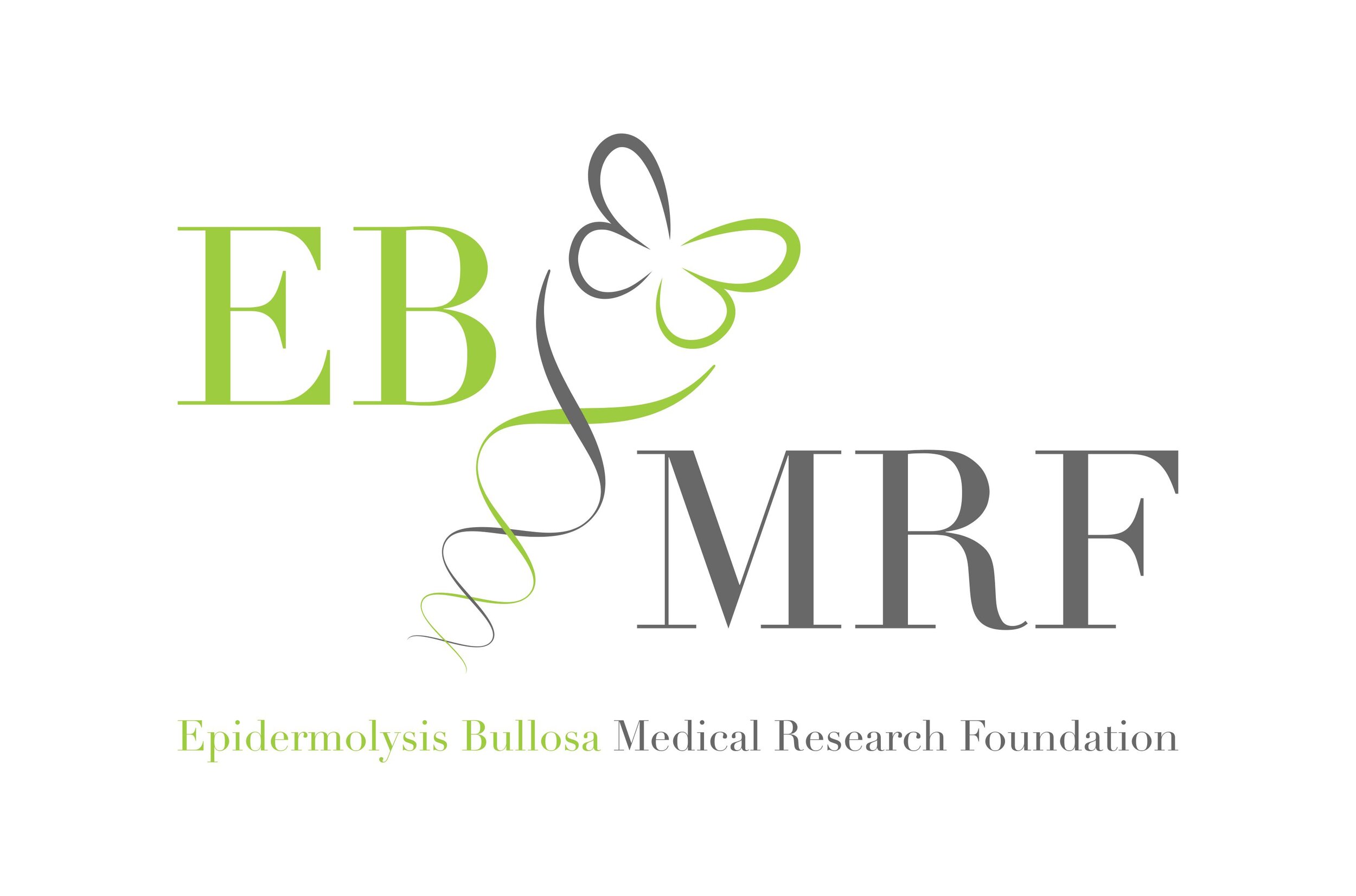The Epidermolysis Bullosa Clinical Research Consortium
The EB Medical Research Foundation, along with The EB Research Partnership, helped create and currently funds The Epidermolysis Bullosa Clinical Research Consortium (EBCRC), a collaborative research group comprised of leading clinicians and clinical researchers in the field of epidermolysis bullosa (EB). It was founded in 2010 by a group of North American pediatric dermatologists.
The mission of the EBCRC is to advance care and improve outcomes for patients with EB.
The vision of the EBCRC is to be an internationally-recognized collaborative group conducting high-quality clinical and translational research aimed at improving the diagnosis, manifestations, complications, and treatment of EB.
By working collaboratively, the leading clinicians and researchers in the field of EB multiply the power of their individual efforts, enabling them to tackle important questions and gaps in knowledge and treatment for this devastating disease.
The EBCRC is led by Dr. Anna Bruckner at Children’s Hospital Colorado (affiliated with the University of Colorado School of Medicine) and Dr. Irene Lara-Corrales at the Hospital for Sick Children in Toronto. Other members are leading physicians and researchers at Children’s Hospital of San Antonio, Children’s National Medical Center, Cincinnati Children’s Hospital, Columbia University, Dell Children’s Medical Center, Henry Ford Hospital, Northwestern University, Phoenix Children’s Hospital, Sainte-Justine Hospital (in Quebec), Stanford University, State University of New York – Downstate, University of California San Diego, University of Massachusetts, University of Miami, University of Minnesota, and Washington University.
The EBCRC sites enroll patients in the EB Clinical Characterization and Outcomes Database (CCOD). The goals of the CCOD are to:
1) identify well-described patient cohorts that may participate in future studies and therapeutic trials, and
2) gather longitudinal data on the course, complications, and clinical interventions of EB, in order to develop and refine guidelines for best clinical practice.
There are nearly 500 patients enrolled in the CCOD at this time.
Having a broad cohort of EB patients eager to participate in additional studies was instrumental in the success of an observational study about pruritus (itch) in EB, led by Dr. Al Lane from Stanford University. The links to the publications from this study are:
http://www.ncbi.nlm.nih.gov/pubmed/?term=25236506
http://www.ncbi.nlm.nih.gov/pubmed/25557557
In addition, a cohort of 104 patients with RDEB patients from the CCOD is being studied in order to better characterize the etiology of anemia in EB. This data will form the foundation for future studies about the effectiveness of treatments for anemia in EB.

